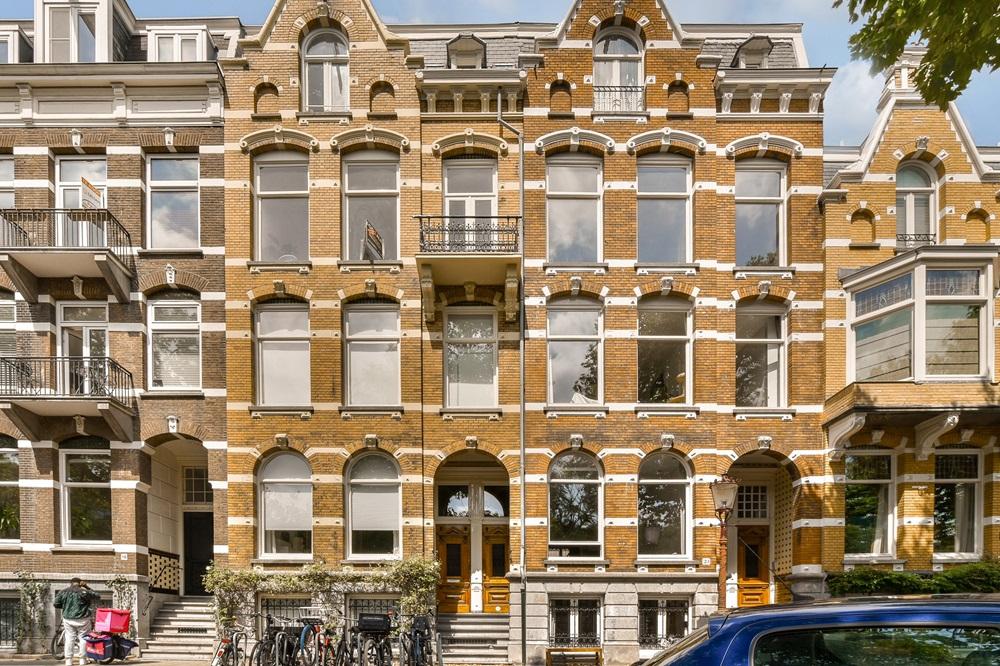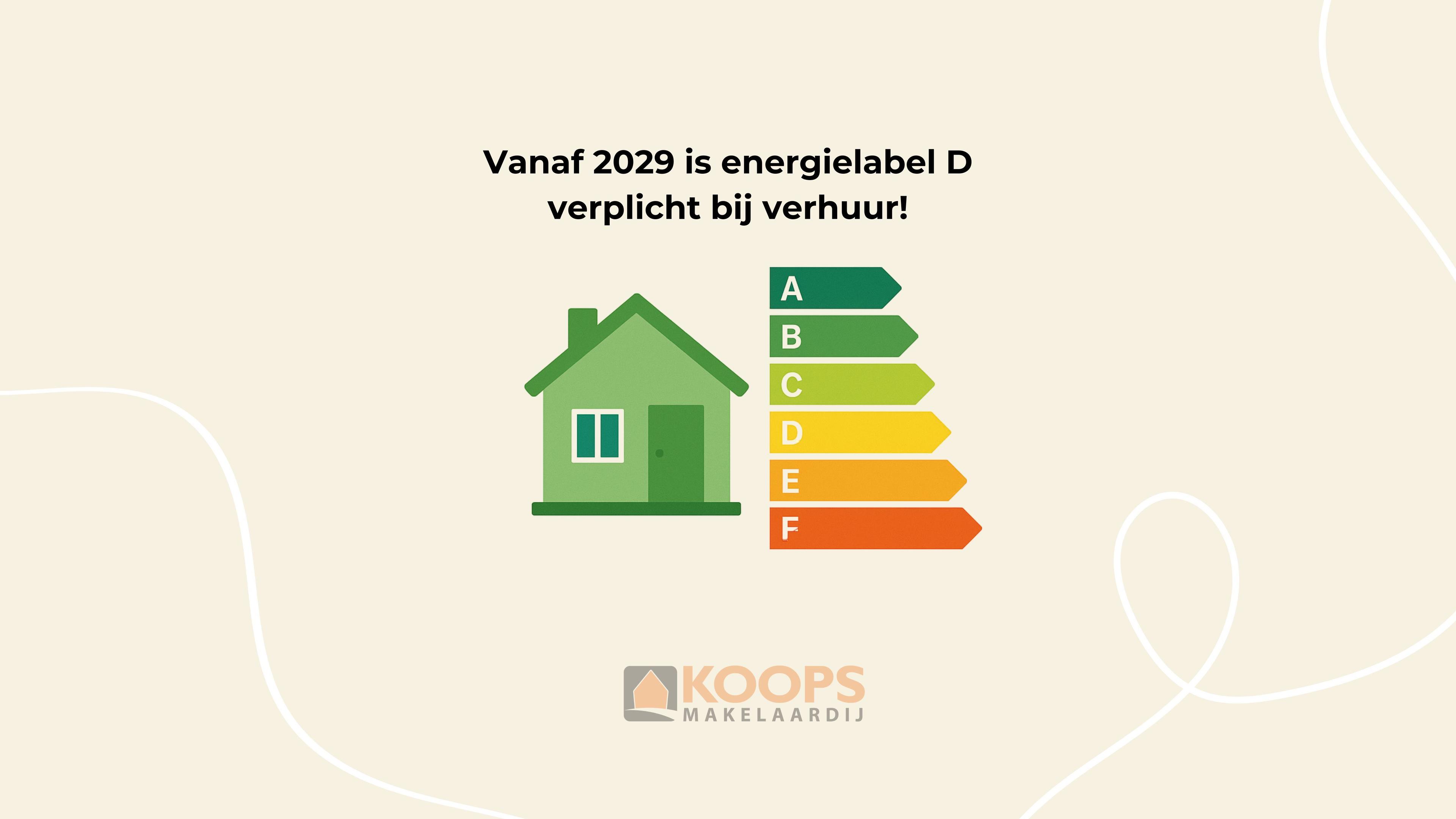Splitting houses in Amsterdam: How it works and what is the difference between municipal splitting and cadastral splitting
Splitting a property into several homes has been a popular solution in Amsterdam for years to add additional homes to the housing stock in Amsterdam. This process allows homeowners to divide a large property into smaller units, which can be sold or rented out separately. However, there are two main differences in the process of splitting homes, which we would like to explain: cadastral splitting and municipal splitting. Each of these processes has specific requirements and procedures.
Cadastral Division
Cadastral splitting refers to the process of legally dividing a property into separate units, each of which is given its own cadastral number. This is done by the Land Registry, the Dutch body responsible for registering property and the rights attached to it.
Procedure and requirements:
1. Filing an application: The owner must submit an application to the Land Registry. This can usually be done through a notary who draws up the division deed.
2. Split drawing: A split drawing must be made by a certified surveyor. This drawing shows how the property will be divided.
3. Subdivision deed: The notary draws up a subdivision deed, recording the division of ownership. This deed must be registered with the Land Registry.
4. Registration: After approval, the property is officially registered as separate units with their own cadastral numbers.
Advantages of cadastral division:
- Each unit can be sold or leased separately.
- It allows mortgages to be established on the separate units.
Disadvantages:
- The process can be costly and time-consuming.
- It requires professional services such as those of a notary and a surveyor.
Municipal Splitting
Municipal division is a process of dividing a property into multiple residential units according to the regulations and permits of the municipality. This is often required to comply with local housing policies and building regulations.
Procedure and requirements:
Application to the municipality: The owner submits an application to the municipality of Amsterdam. This often includes submitting construction drawings and a detailed plan of the proposed division.
Permit: The municipality assesses the application based on the municipal division policy and building regulations. This may include aspects such as minimum unit area, fire safety, and sound insulation.
Inspection: An inspection of the property may take place to ensure that the proposed split meets all requirements.
Licensing: If the municipality approves the application, a subdivision licence will be issued.
Advantages of municipal splitting:
- It ensures that the new housing units comply with housing policy and all local building regulations, which contributes to the safety and quality of housing.
- The process is less costly than cadastral splitting as it does not require registration at the Land Registry.
Disadvantages:
- The units cannot be sold separately as they are still considered one cadastral unit.
- There may be restrictions in terms of the number of units that can be created, depending on municipal policy.
Conclusion
Both cadastral division and municipal division have their own procedures, requirements, advantages and disadvantages. Cadastral splitting offers more flexibility and legal clarity regarding property rights, but is often more expensive and time-consuming. Municipal division is usually simpler and cheaper, but offers less flexibility in terms of ownership transfer.
It is important for homeowners to consider both options carefully and, if necessary, seek professional advice to determine which approach best suits their situation and goals.



